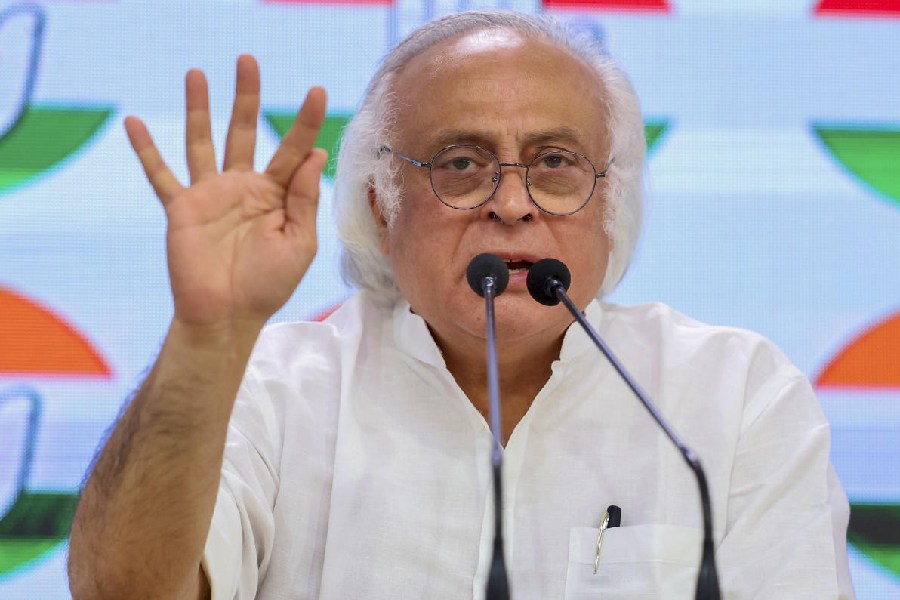Prime Minister Narendra Modi on Wednesday said it was a very special day for the education sector because the new campus of Nalanda University would be inaugurated.
Taking to X (formerly Twitter), Modi wrote: It’s a very special day for our education sector. At around 10.30 am today the new campus of the Nalanda University would be inaugurated at Rajgir. Nalanda has a strong connect with our glorious part. The university will surely go a long way in catering to the educational needs of the youth.”
A brainchild of the late President APJ Abdul Kalam, conceived in 2007 and set up through the Nalanda University Act, 2010, the revival of this ancient seat of learning has had its share of hiccups.
Brief history of the new Nalanda University
In 2006, while addressing a joint session of the Bihar Vidhan Mandal, President Kalam floated the idea of reviving the Nalanda University, believed to be the world’s first residential university.
A year later the Bihar Legislative Assembly passed a bill for the creation of the new university.
In 2007, the Manmohan Singh government set up the Nalanda Mentor Group with Nobel laureate Amartya Sen as the chair and including Lord Meghnad Desai, professor Sugata Bose and NK Singh as members.
Both the Houses of Parliament passed The Nalanda University Bill – on August 21, 2010 in the Rajya Sabha and August 26, 2010 in the Lok Sabha, respectively.
On September 15, 2011 Kalam, visitor of the Nalanda University, dissociated himself from the project, the reasons were never made public.
The university was established on a 455-acre plot of land given by the Bihar government on November 25, 2010 when the Nalanda University Act was enacted. On the recommendation of Sen, Gopa Sabharwal, a former reader of sociology in a Delhi University college, was appointed first vice-chancellor.
On September 1, 2014, Nalanda University started its first academic session with 15 students and 10 faculty members.
In February 2015, Amartya Sen, a known critic of Prime Minister Narendra Modi, wrote to the university board about his decision not to continue as chancellor. He cited “political interference”.
“Even though the Nalanda University Act, passed by Parliament did not, I believe, envisage political interference in academic matters, it is formally the case – given the legal provisions (some of them surviving colonial days) -- that the government can turn an academic issue into a matter of political dispensation if it feels unrestrained about interfering,” Sen wrote.
On August 27, 2016, late President Pranab Mukherjee laid the foundation stone of the permanent campus in Pilkhi, a village in Bihar near the ancient site of Nalanda.
On November 22, 2016, Mukherjee dissolved the Nalanda Mentor Group. Sabharwal was told to demit office in two days.
Three days later, Sen’s successor and former Singapore foreign minister George Yeo resigned as vice-chancellor, saying he was kept out of the decision to reconvene the board.
The ancient Nalanda was a global institution
The ancient Nalanda University was a global institution. It attracted students from Southeast Asia to China, Central Asia and West Asia. At its peak it hosted 10,000 students, including 252 from outside India, and had 1,500 teachers.
A king of Sumatra had also donated four villages to the university, according to archaeologist K.K. Muhammed, who made a documentary on the university.
Set up during the Gupta era, the ancient university’s decline is believed to have started after it was raided by Bakhtiyar Khalji in the 1200s.











